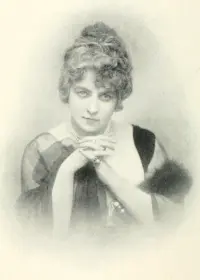
Fashion has always been more than just clothes—it’s an art form, a language, and a reflection of society. One name that continues to stand out in fashion history is Jeanne Paquin. Often referred to as one of the first female couturiers, Paquin left a lasting mark on the fashion industry during a time when it was largely dominated by men. Let’s take a deep dive into her life, career, notable works, and the legacy she left behind.
Table of Contents
Early Life and Beginnings
Born Jeanne Marie Charlotte Beckers in 1869, Jeanne Paquin grew up in the French town of Saint-Denis. Her family, though not wealthy, nurtured her talents and encouraged her creative inclinations. Jeanne’s passion for design and creativity started early, and by the time she was a teenager, she was already working as an apprentice in a Parisian fashion house. This experience gave her insight into the world of couture and helped develop her skills in dressmaking.
In the late 19th century, the fashion industry was a male-dominated field. Yet, Jeanne Paquin did not allow societal norms to hold her back. Her talent, ambition, and determination helped her rise through the ranks, and eventually, she became one of the most celebrated designers of her time.
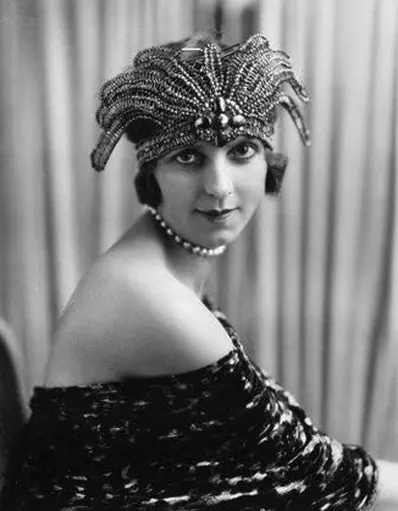
photo/20centurydesigners
Founding of Maison Paquin
In 1891, Jeanne Paquin took a bold step and opened her own fashion house in Paris, Maison Paquin. This was groundbreaking, not only because Paquin was a woman, but also because her designs soon garnered international attention. Maison Paquin quickly became one of the leading fashion houses in Paris, celebrated for its elegance, sophistication, and attention to detail.
Jeanne Paquin had a keen sense of what women wanted. She created garments that were not only beautiful but also comfortable and functional—something that was revolutionary in an era of restrictive corsetry and voluminous skirts. Her designs allowed women to move more freely while still looking feminine and stylish.
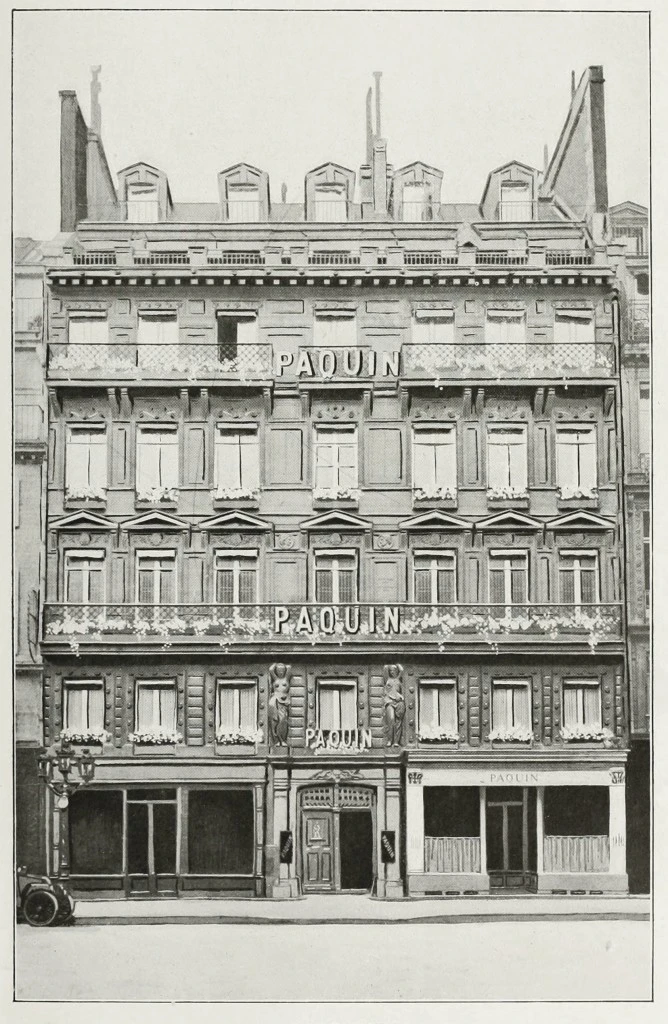
photo/ctgpublishing
Notable Works and Collections
Jeanne Paquin’s designs were nothing short of iconic. She was a master of haute couture, and several of her collections became touchstones in fashion history. Some of her most notable works include:
- The Empire Line Dresses: Paquin was known for reviving the Empire silhouette, which featured a high waistline just below the bust. These dresses were elegant, often made with soft, flowing fabrics like silk and muslin. This look became incredibly popular among the elite women of the time.
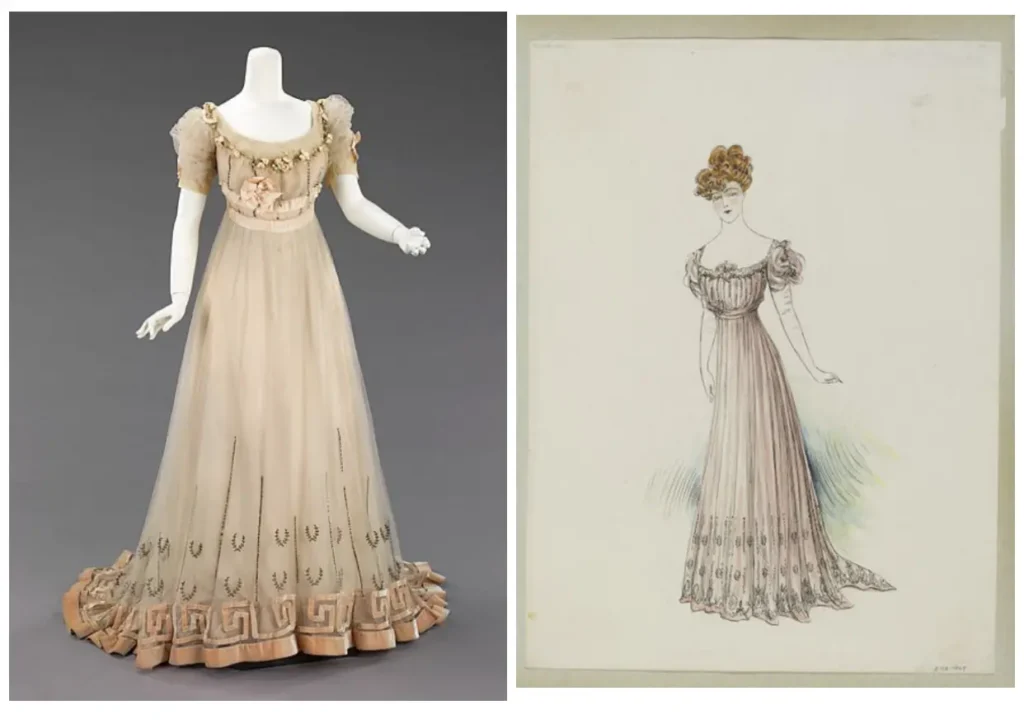
photo/artherstory
- 1912 “Egyptian Collection”: One of her most celebrated collections was inspired by the discovery of ancient Egyptian art and artifacts, which had become fashionable after archaeological discoveries. Her dresses featured intricate gold embroidery and lavish detailing, echoing the exotic motifs of ancient Egypt. This collection was a huge success and reflected her ability to stay at the forefront of trends.
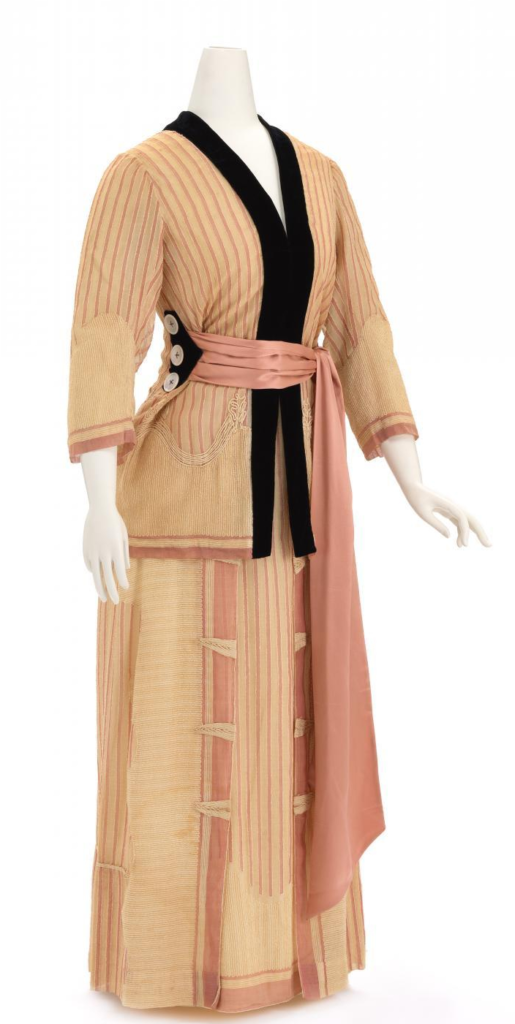
photo/lilyabsinthe
- Embroidered Evening Gowns: Paquin was famed for her evening gowns, which were richly embroidered with delicate lace, beading, and silk thread. Her designs often featured luxurious fabrics like satin, velvet, and taffeta. One particularly well-known example is a pink silk satin gown from 1907, adorned with black lace and jet beads, now preserved in several museums.
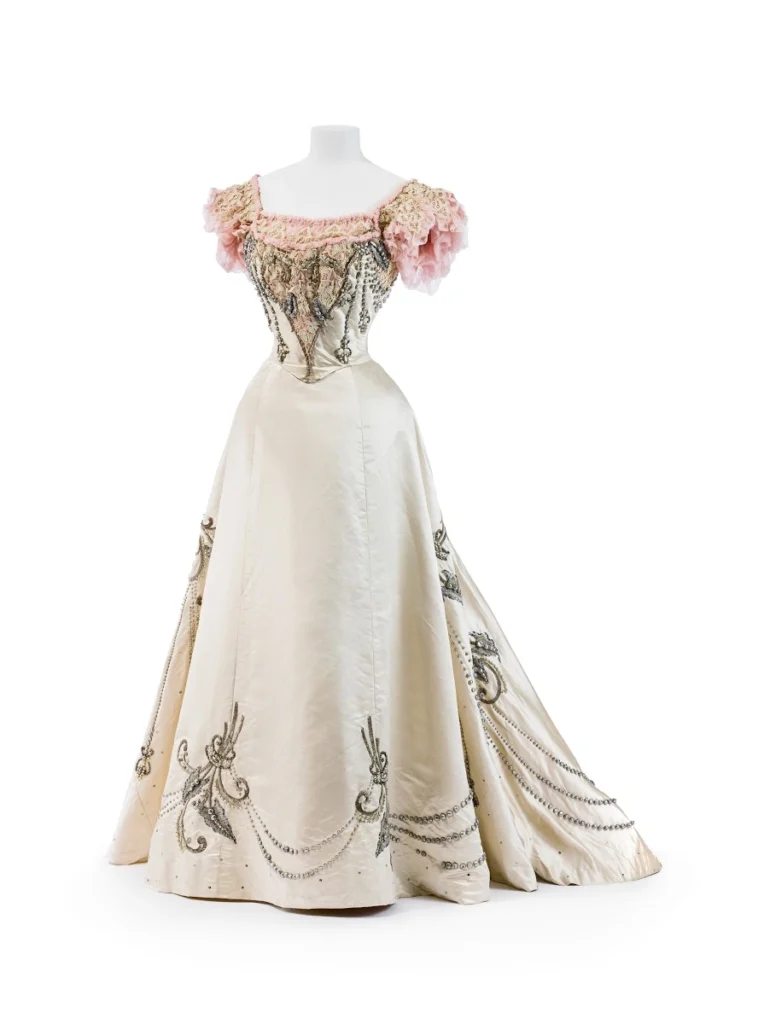
photo/googleart&culture
- The “Tango Dress”: As tango dancing became popular in Paris in the early 20th century, Paquin was quick to design dresses that allowed more freedom of movement. Her tango dresses were elegant, but less restrictive than traditional evening wear, allowing women to dance without constraint. This style was widely admired and became a symbol of modernity and liberation.
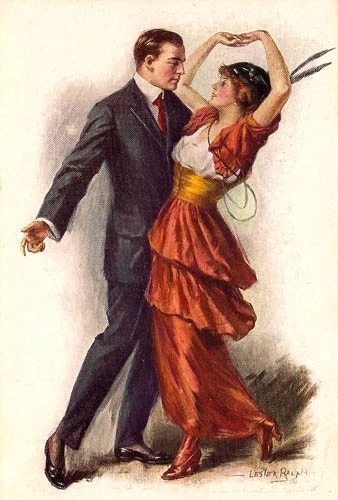
photo/orientalnightandday
- The “Coat Collection”: Jeanne Paquin was also renowned for her outerwear. She designed luxurious, tailored coats with fur trims, which became signature pieces for women who wanted to stay stylish during colder months. Her coats often combined both form and function, using heavy fabrics such as wool and fur while maintaining a delicate feminine silhouette.
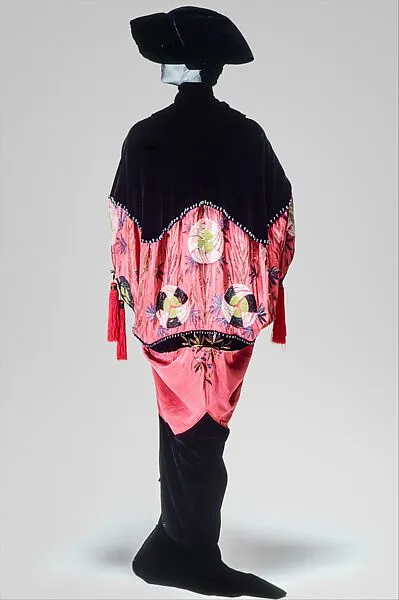
photo/metmuseum
These collections highlighted Jeanne Paquin’s versatility as a designer and her ability to blend traditional elements with modern sensibilities.
Innovations in Fashion
One of Jeanne Paquin’s most significant contributions to the fashion world was her innovative approach to marketing and presentation. While today’s fashion weeks and runway shows are a common part of the industry, Jeanne was one of the first designers to hold elaborate fashion shows to present her collections. She would send models dressed in her latest designs to society events and even the races, ensuring her garments were seen by the influential and fashionable.
Paquin also embraced new technologies and forms of promotion, like photography, using it to distribute images of her designs far and wide. Her forward-thinking nature and ability to connect with her audience set her apart from her peers and made her a pioneer in fashion marketing.
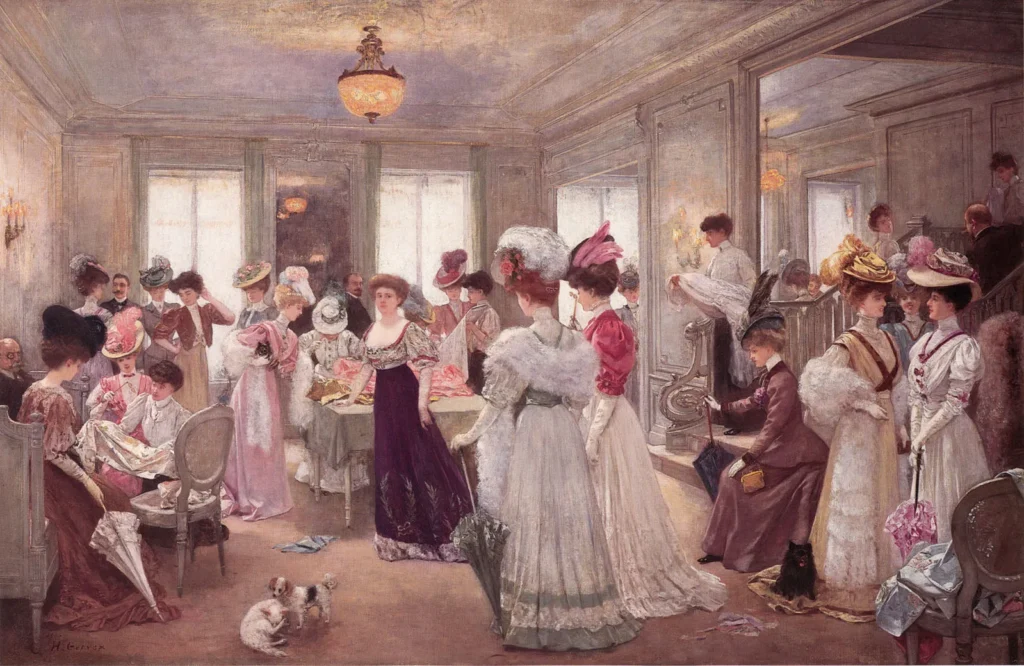
photo/artherstory
Collaborations and Influence
Jeanne Paquin’s creativity wasn’t confined solely to fashion design. She was deeply involved in the Art Nouveau movement, which blended fine art with decorative arts. Paquin collaborated with artists, architects, and interior designers, incorporating elements of their work into her collections. She worked with the famous architect Louis Majorelle and other prominent figures of the time, allowing her work to transcend fashion and become part of a larger artistic movement.
Her influence can also be seen in the work of later designers like Christian Dior and Coco Chanel, both of whom admired her vision of creating wearable art that was as much about the woman as it was about the garment.
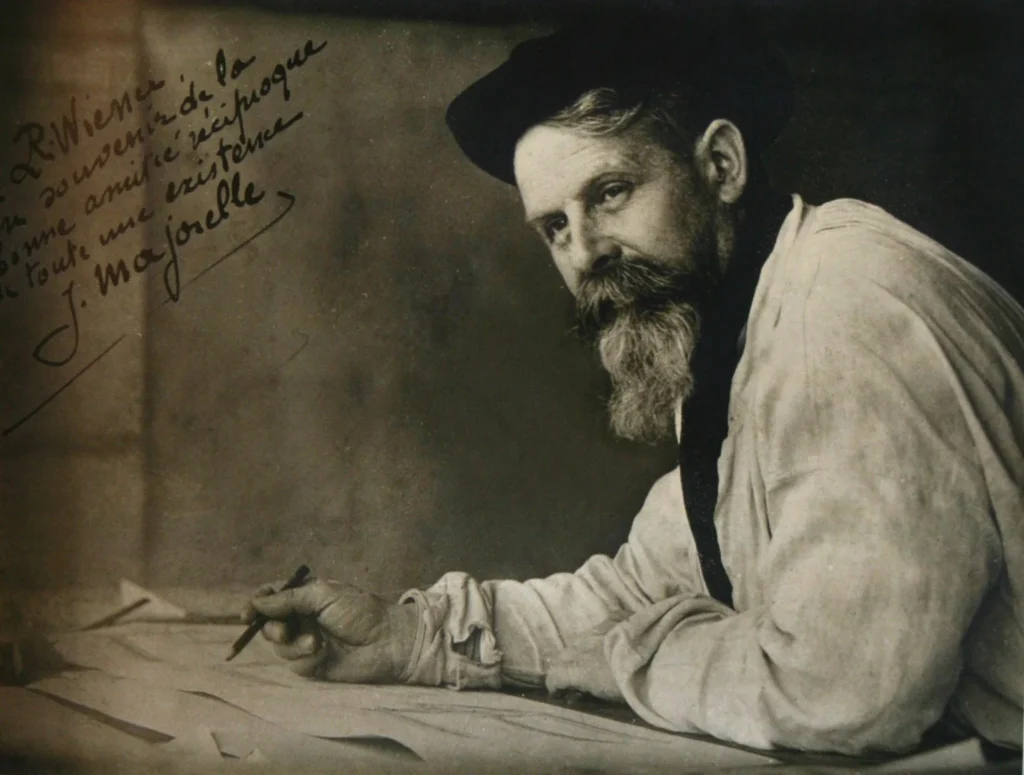
Louis Majorelle/photo/ophirgallery
Global Expansion
The success of Maison Paquin wasn’t limited to France. Jeanne’s designs were in high demand internationally. She opened branches of her fashion house in cities like London, Buenos Aires, and Madrid. Her global reach meant that women across the world had access to her exquisite couture, making her one of the most internationally recognized designers of her time.
Paquin’s international expansions cemented her reputation as a global fashion leader, and Maison Paquin became synonymous with luxury, elegance, and innovation.
Design Style and Signature Looks
What set Jeanne Paquin apart from other designers of the time was her keen understanding of women’s bodies and lifestyles. Her designs were noted for their elegance and simplicity, with an emphasis on fluid lines and luxurious fabrics like silk and velvet. While other designers of the time were pushing boundaries with exaggerated silhouettes, Paquin opted for a more refined, sophisticated look that emphasized the natural shape of a woman’s body.
She was known for her evening gowns, which featured intricate embroidery and lacework, often in muted, pastel shades. These designs became iconic and set the tone for formalwear in the early 20th century. Paquin’s creations were beloved by society women and celebrities alike.
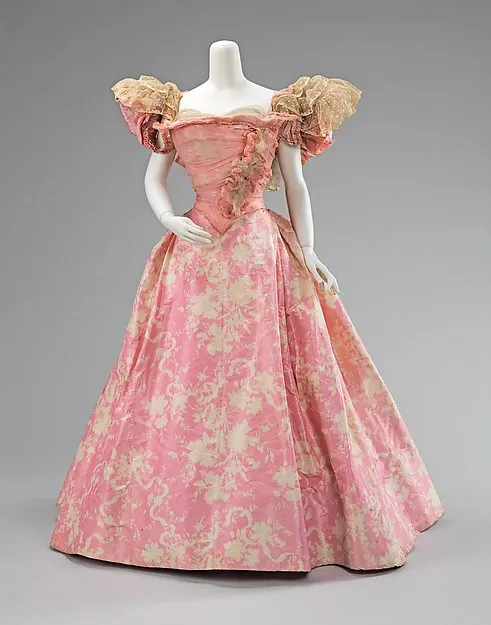
photo/lilyabsinthe
Also Read-Jeanne Lanvin: A Legacy of Timeless Elegance
Impact on Haute Couture
Jeanne Paquin’s contribution to haute couture cannot be overstated. As one of the first female couturiers, she helped elevate the status of women in fashion, proving that they could be just as influential and innovative as their male counterparts. She was one of the first women to rise to prominence in the industry and paved the way for future generations of female designers.
Her work helped shape the direction of haute couture in the early 20th century, and her legacy continues to inspire modern designers.
Fashion as a Cultural Statement
Paquin’s work wasn’t just about clothes; it was about making a statement. Her designs often reflected the broader cultural shifts of her time, especially regarding the roles and freedoms of women. She offered clothing that symbolized liberation while still being elegant and stylish.
She played a role in shaping the fashion industry’s growing appreciation for both artistry and wearability, proving that fashion could be both beautiful and functional.
The Role of Women in Paquin’s Work
While many designers of the time focused on ornamentation and opulence, Paquin made it her mission to enhance the natural beauty and personality of women. Her clothing wasn’t about flaunting wealth—it was about highlighting the woman wearing it. This approach empowered her female clientele, making them feel more confident and independent.
Jeanne Paquin as a Businesswoman
Jeanne Paquin was not only a talented designer but also a savvy businesswoman. She understood that fashion was about more than just creating beautiful clothes—it was about building a brand. She carefully managed Maison Paquin’s growth, ensuring that her designs were always on-trend and in demand. Her strategic leadership helped her brand thrive during a time of great social and economic change.
Retirement and Legacy
Jeanne Paquin retired from fashion in 1920, leaving behind a thriving business. Even after her retirement, Maison Paquin continued to be a leading name in haute couture, with other designers taking over the creative direction. However, without Paquin’s vision and leadership, the brand eventually struggled to maintain its status. Maison Paquin closed its doors in 1956, marking the end of an era.
Contribution to Fashion History
Jeanne Paquin’s contribution to fashion goes beyond the clothes she created. She broke down barriers for women in the fashion industry, introduced new ways to market and promote fashion, and left an indelible mark on haute couture. Her work continues to be celebrated in fashion history, with her garments featured in museums and retrospectives around the world.
Paquin After Jeanne: The House Continues
Even after Jeanne Paquin retired, her fashion house continued to operate under different creative heads. While it eventually closed its doors in 1956, its influence remained evident in the works of future designers who were inspired by her boldness and ingenuity.
Reviving Interest in Jeanne Paquin Today
In recent years, there has been a renewed interest in Jeanne Paquin, especially as fashion historians and designers look to the past for inspiration. Her contributions to fashion, particularly in terms of innovation and breaking boundaries, continue to influence modern designers.
Jeanne Paquin vs. Other Fashion Icons
While Chanel is often credited with liberating women from corsets, Paquin played an equally important role in revolutionizing women’s fashion. Both were pioneers in their own right, but Jeanne Paquin’s influence extends beyond just clothing—she influenced the business and cultural landscape of fashion.
Why Jeanne Paquin Matters in the 21st Century
Jeanne Paquin’s work continues to resonate today because she wasn’t afraid to challenge the status quo. She was one of the first women to lead a major fashion house, proving that women could be both artistic and business leaders. Her story serves as an inspiration for modern designers and women in business alike.
Conclusion
In an industry that was once dominated by men, Jeanne Paquin stood out as a trailblazer and innovator. Her designs, her business acumen, and her ability to connect fashion with art have secured her place in history. Jeanne Paquin may not be as widely known as some of her contemporaries, but her influence on fashion is undeniable. She set the stage for future generations of female designers and forever changed the world of haute couture.
FAQs
Why was Jeanne Paquin important in fashion history?
Jeanne Paquin was one of the first prominent female couturiers, known for her elegant designs and innovative fashion shows. She broke gender barriers and helped shape haute couture.
What were Jeanne Paquin’s most notable works?
Some of Jeanne Paquin’s most notable collections include the Egyptian-inspired collection of 1912, her Empire line dresses, and her richly embroidered evening gowns.
How did Jeanne Paquin influence future fashion designers?
Paquin was a pioneer in marketing and fashion promotion, and her innovative approach to design influenced later designers like Christian Dior and Coco Chanel.
What happened to Maison Paquin after she retired?
After Jeanne Paquin retired in 1920, Maison Paquin continued under new leadership until its closure in 1956.
How did Jeanne Paquin promote her fashion designs?
Paquin used elaborate fashion shows and models at society events to showcase her designs. She also embraced photography to distribute images of her work internationally.
One thought on “Jeanne Paquin: The Pioneer of Modern Fashion”